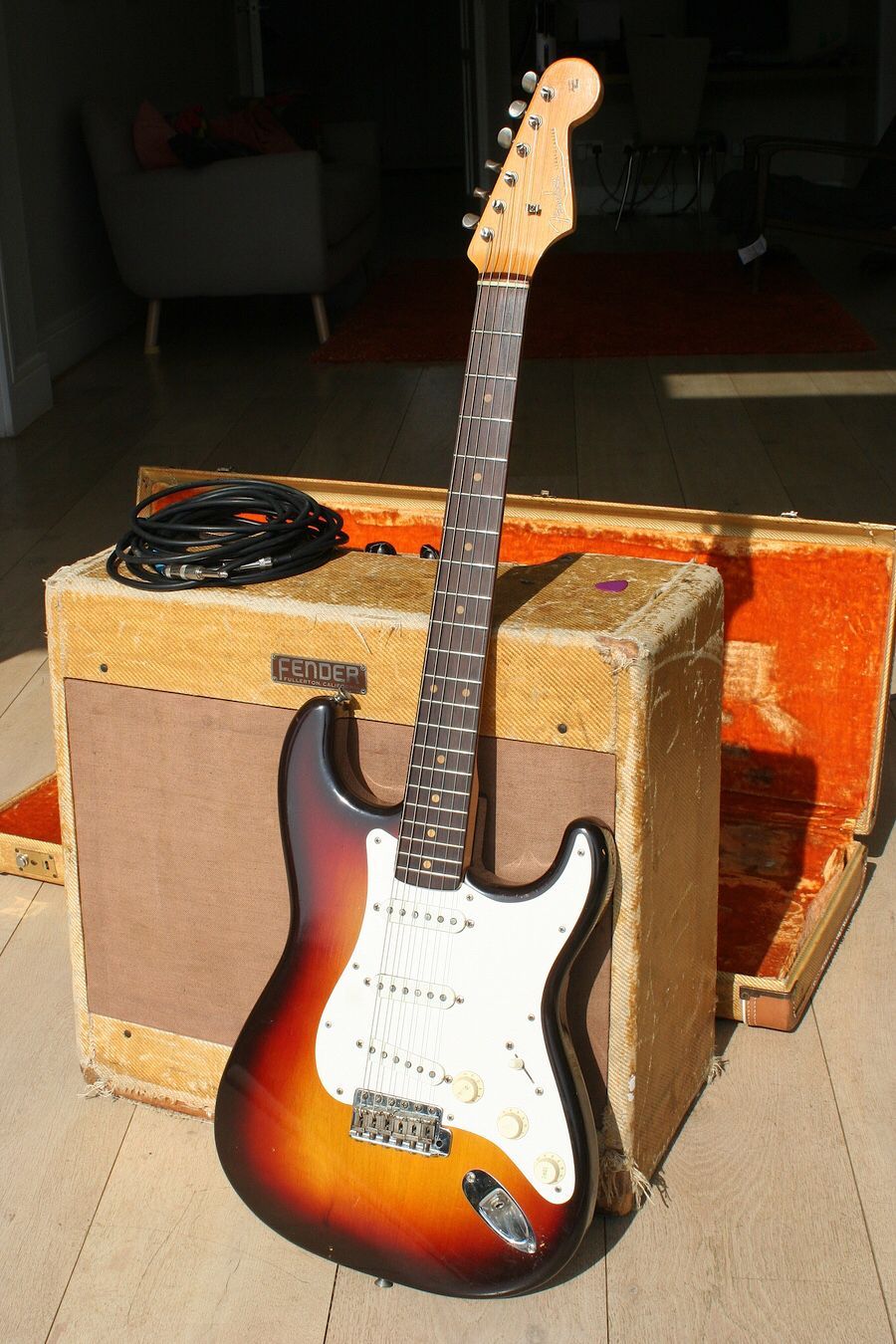Tonewood
|
Crime & Punishment
|
Queen: Hark: a clammy ditch. How deep!
Nuncle: And yet with our temper’d syllogies
We dig it deeper by the minute.Queen: And behold: fair Triago —
Nuncle: Of open’d mouth and mind,
Well-endowed to drop right in it.Enter Triago popping his head out of the ditch muttering to himself
Triago: Who wouldst die, wouldst die therein about it?
Queen: How now, Triago?
How fares thy latest batty postulation?Triago: Most promising, Majesty.
I have it ratified that wren’s eggs,
Broken thus, betray yet unacknowledged villainy.Queen: How so, Professor?
Triago: Experimental rigour, Ma’am. Nothing less:
A hundred men, detained at your pleasure, were took
And each one bid to strike an egg against a pan.
Every wren’s egg broke. The lot. Not one exception!Nuncle: Pray, give me air!
Queen: What provenance the eggs?
Triago: I bid each man poach one from the mother’s nest:
Insurance that their hearts were indubitably black.Queen: Poor Mrs. Wren must be furious!
Nuncle: Not quite so wild as is this correlation spurious.
Triago: Ho, Ho.
Let not thy witty fool, nor his foolish wit
Besmirch the fruited science of th’ academy.
“A little learning is a dangerous thing” —Nuncle: Yet not half so dangerous as a lot.
Triago: — So sayeth Pope, you know.
Nuncle: But not the one in Rome:
Queen: Good ser knight: art thou drunk upon the Pierian spring:
A hypoxic draft that suffocates the brain,
So deep no shaft of light can bring it round again?Triago: My conjecture comports a grain of truth
As pure and true and golden—Nuncle: — but yet no more roundly causative
Than are the month-past flappings of a Latin papillon
Upon a brewing Filipino typhoon.Triago: (aside) Yet am I here caught, a spider’s prey
Wrestling ’gainst the sticky silk
And by mine own dim efforts
Binding e’er further to my criminous fate.
In this sinking oubliette of mine devise
Am I enchain’d: alack! There is no gate.
A decades-long debate rages amongst electric guitar nuts about how the material from which an electric guitar is made affects its tone. There are similar debates about hi-fi componentry, real ale, assay tests for the presence of exogenous insulin but JC happens to know more about it than those other things, so it will serve as an example. It runs like this:
For :
The precise shape, size and composition of an electric guitar’s body meaningfully affects the guitar’s tone. The sound will change depending on whether the body is made of ash, alder, basswood, pau ferro, chipboard or perspex and even the grain and density of the wood will affect its harmonic resonance.
Against:
Bullshit.
There will then follow a long detailed and increasingly hostile flame war — sometimes multi-handed but usually reducing to two core combatants as it descends further into the unfathomable depths of the Perian spring, where jousters will debate the merits of the climactic sonsiderations, the fibrous character of different woods, the effect over time of electric currents and aluminium-nickle-cobalt alloys (from which pickups are built) on the moisture content, and even the resonant frequencies of different types of varnish.
Now: all stringed instruments rely on the vibration of a string anchored between fixed points. The string’s vibration will indeed depend on the sympathetic vibration of the materials it is constructed from. There will be some sympathetic vibration of any material.
But these vibrations are as the wings of a butterfly in an Amazon forest compared with the other things that affect the tone of a struck electric guitar string. See the table in the panel to the right — you needn’t read this in detail: it is included to make a point. (for what it is worth, the state of the guitar strings by themselves would drown out any contribution of tonewood to the sound).
The particular quality of the harmonic resonance of the solid body of an electric guitar will be utterly swamped by these other factors. There is no chance a human ear could detect it. None whatsoever. The debate about it is therefore utterly sterile
 A nice piece of tonewood yesterday. Alder, since you are asking.
|
==See also==
- ↑ for the love of all that is holy let us not get onto the topic of polepiece construction and ageing of copper wire